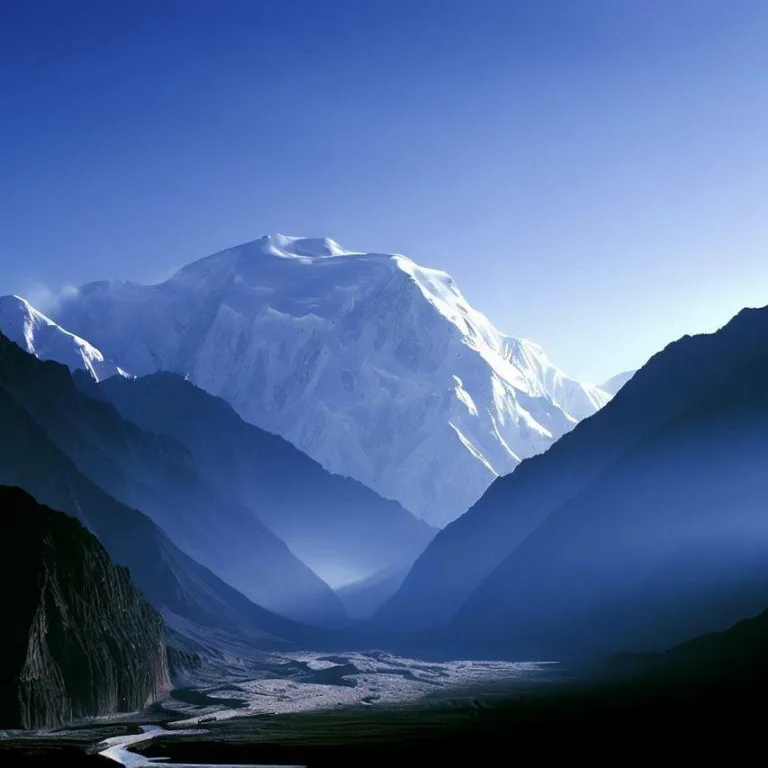Welcome to our comprehensive guide to the Karakoram mountain range, a breathtaking natural wonder that spans across the borders of Pakistan, India, and China. The Karakoram range is renowned for its towering peaks, stunning landscapes, and rich cultural history. In this article, we’ll delve deep into the fascinating world of Karakoram, from its geological origins to its significance in the modern era.
Geological marvels
The Karakoram range, often referred to as the „Third Pole,“ is a marvel of geological processes. It’s a part of the larger Himalayan mountain system and is known for hosting some of the world’s highest peaks, including K2, the second-highest mountain on Earth. The region’s diverse topography, shaped by the collision of the Indian and Eurasian tectonic plates, continues to awe geologists and adventurers alike.
Natural diversity
Within the Karakoram range, you’ll find an incredible variety of ecosystems and habitats. From lush valleys teeming with biodiversity to vast glaciers that feed into the Indus River, the range is a crucial water source for millions of people in the surrounding regions. The Karakoram is also home to unique wildlife, such as the snow leopard and the ibex, which have adapted to the challenging high-altitude environment.
Cultural significance
Beyond its natural beauty, the Karakoram holds immense cultural importance. The region has been a crossroads for ancient trade routes, connecting Central Asia with the Indian subcontinent. This has led to a rich cultural exchange, influencing the traditions, languages, and cuisine of the local communities. The people of the Karakoram have developed a deep connection with the land, and their way of life reflects the harmony between humans and nature.
Challenges and conservation
Despite its allure, the Karakoram faces numerous challenges in the modern world. Climate change is causing glaciers to recede, impacting water availability downstream and increasing the risk of natural disasters. Additionally, tourism, while providing economic opportunities, must be managed sustainably to avoid disturbing the delicate ecosystems and cultures of the region.
Exploration and adventure
For adventurers and mountaineers, the Karakoram is a dream destination. The challenging terrain and extreme altitudes make it a testing ground for those seeking to push their limits. Climbing enthusiasts from around the world are drawn to iconic peaks like K2, attempting daring ascents that require both physical prowess and mental resilience.
Frequently Asked Questions (FAQs)
Q: Which is the highest peak in the Karakoram range?
A: The highest peak in the Karakoram range is K2, also known as Mount Godwin-Austen. It stands at an elevation of 8,611 meters (28,251 feet) above sea level.
Q: How can I visit the Karakoram range?
A: Access to the Karakoram range usually involves traveling to specific base camps and trekking routes. It’s advisable to plan your trip with reputable tour operators and to be well-prepared for the challenging conditions.
Q: Are there any endangered species in the Karakoram region?
A: Yes, the Karakoram is home to several endangered species, including the snow leopard and Marco Polo sheep. Conservation efforts are ongoing to protect these species and their habitats.
Q: What is the best time to visit the Karakoram?
A: The best time to visit the Karakoram is during the summer months, from June to August, when the weather is relatively milder and trekking conditions are more favorable.
Conclusion
The Karakoram mountain range stands as a testament to the forces that shape our planet and the intricate relationship between nature and humanity. Its beauty, challenges, and mysteries continue to capture the imagination of explorers, scientists, and adventurers alike. As we celebrate the awe-inspiring Karakoram, let’s also embrace the responsibility of safeguarding its splendor for generations to come.
Viz také:






